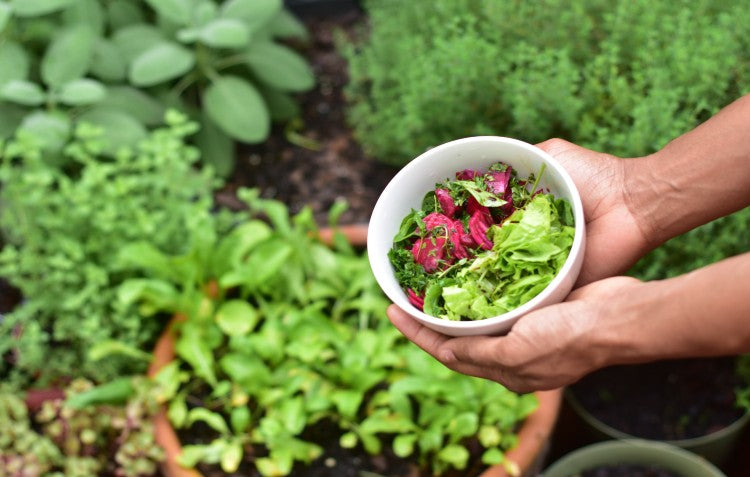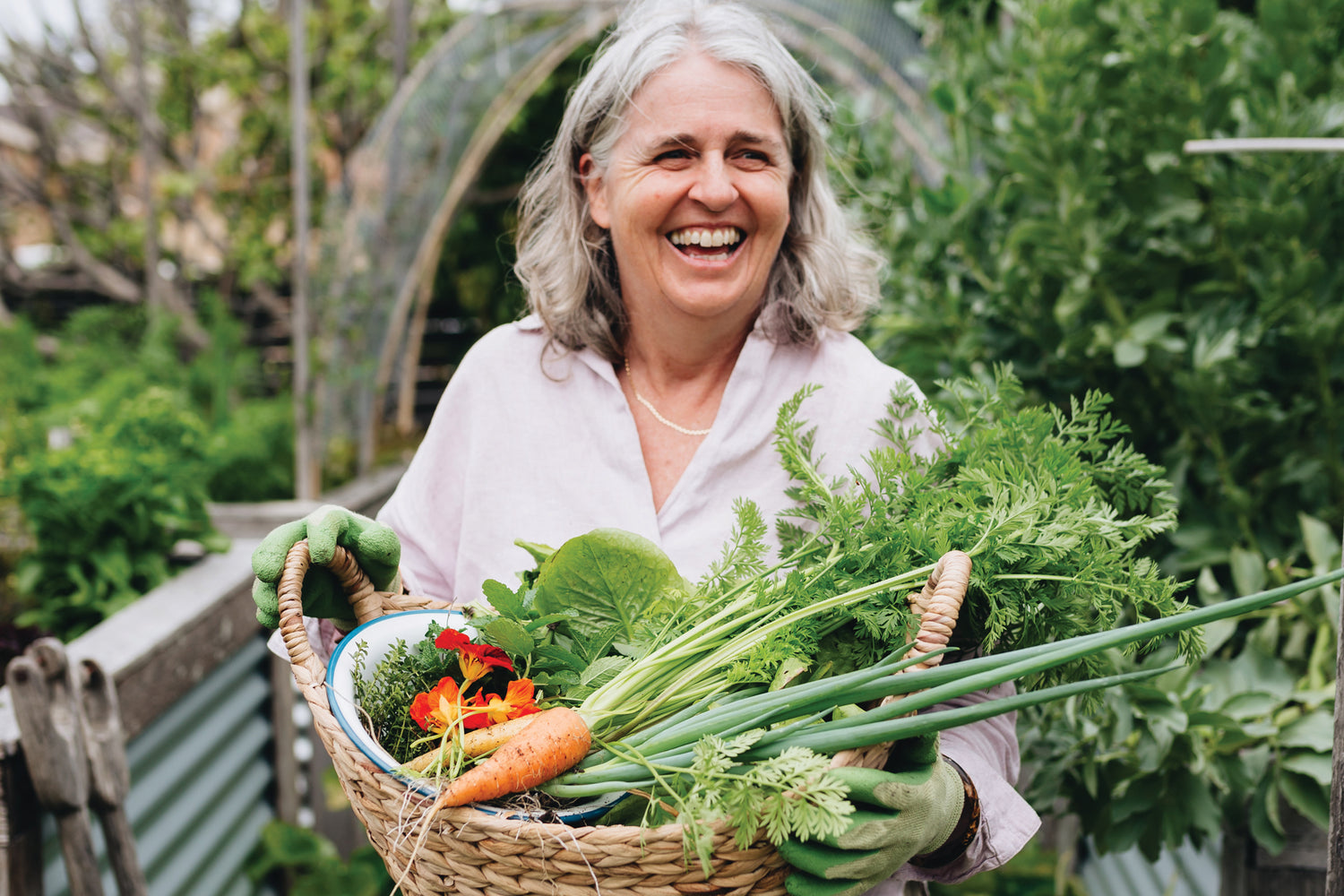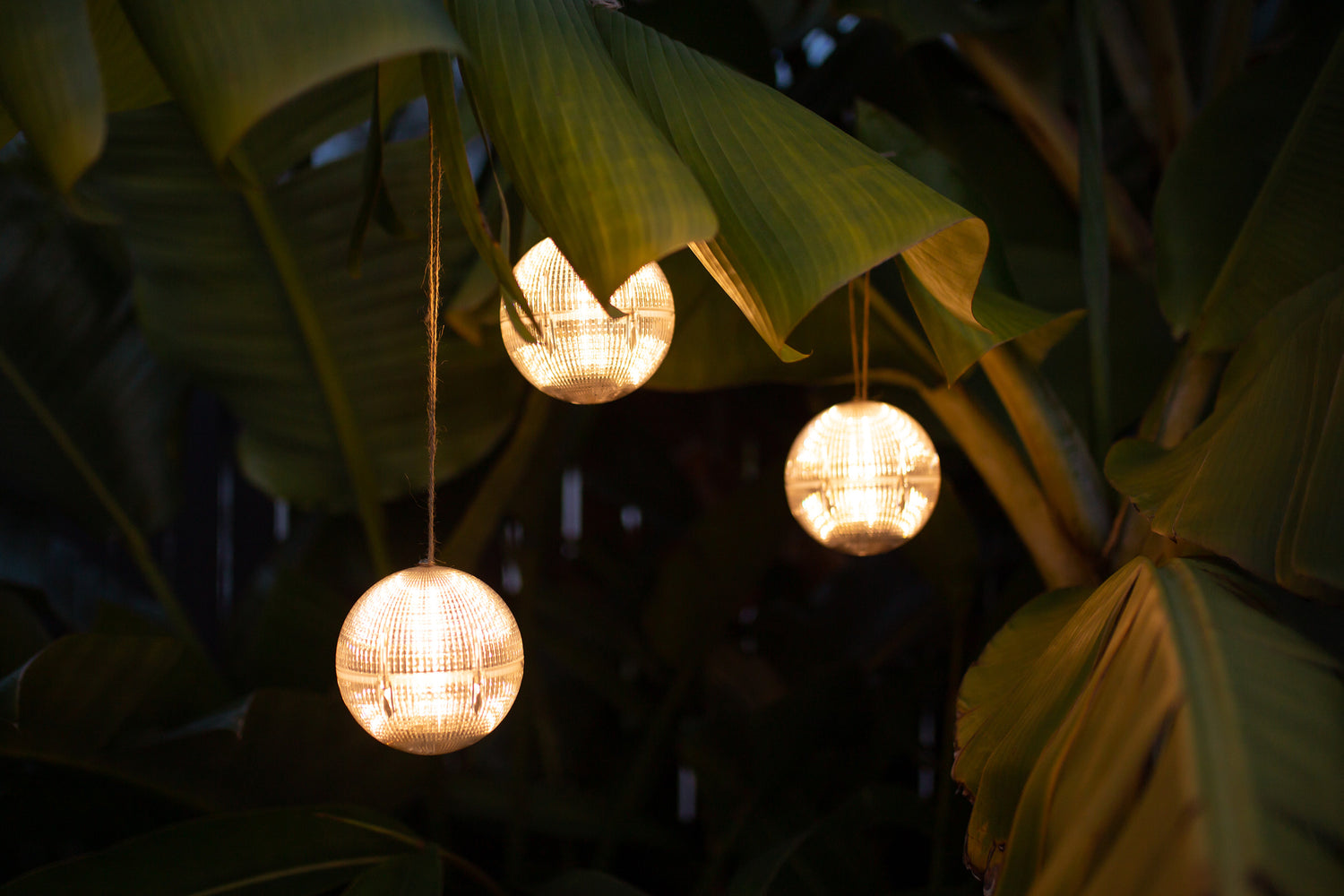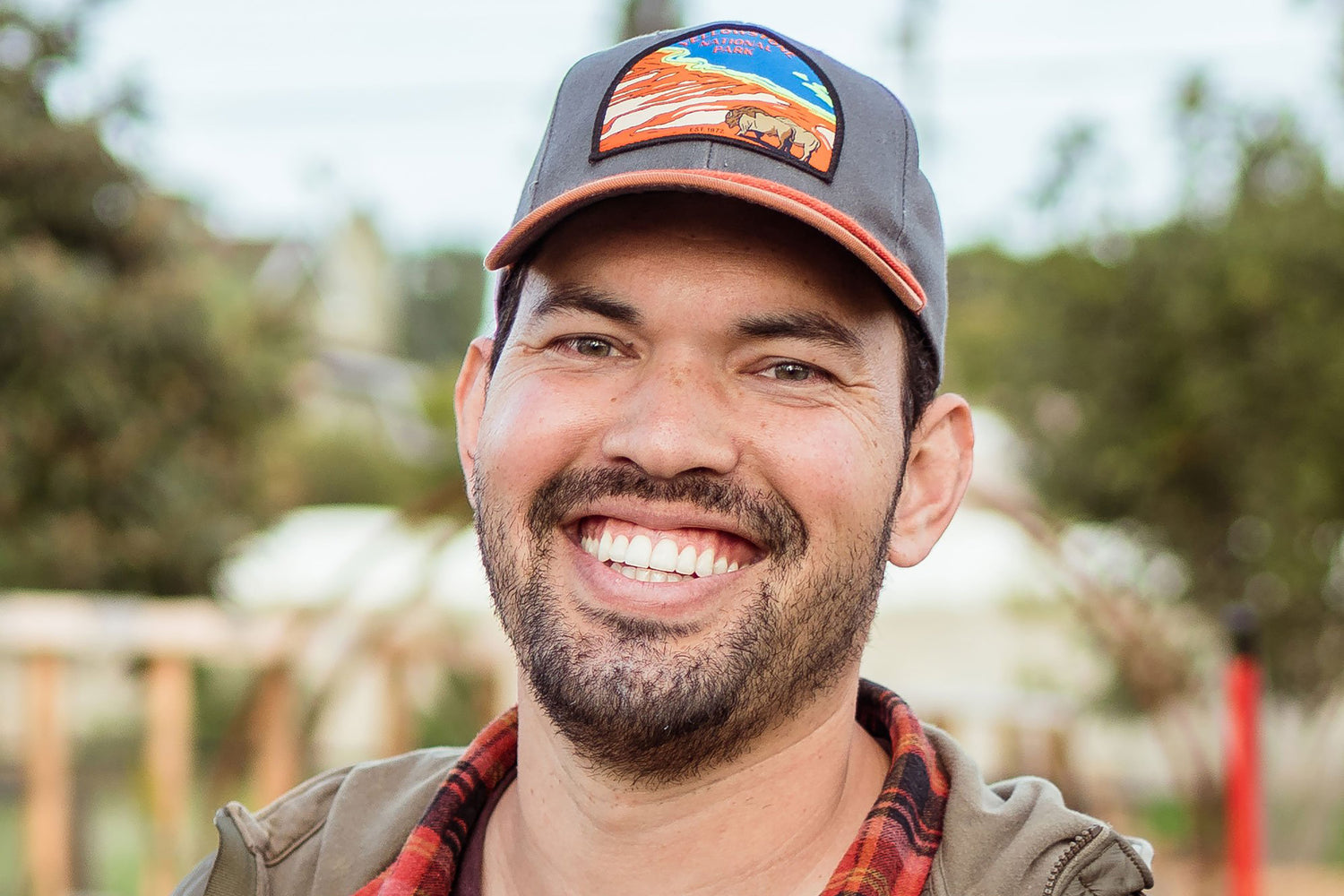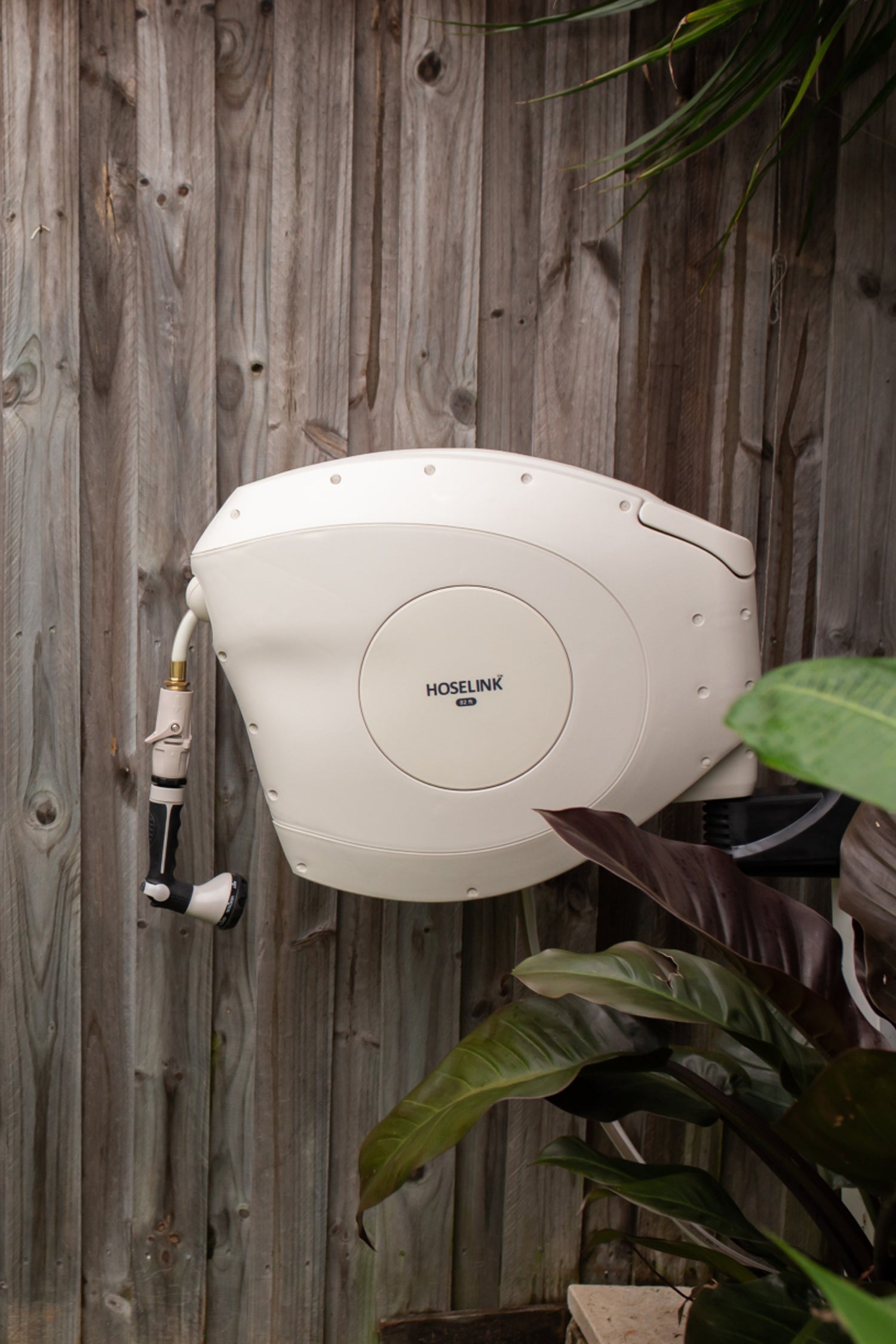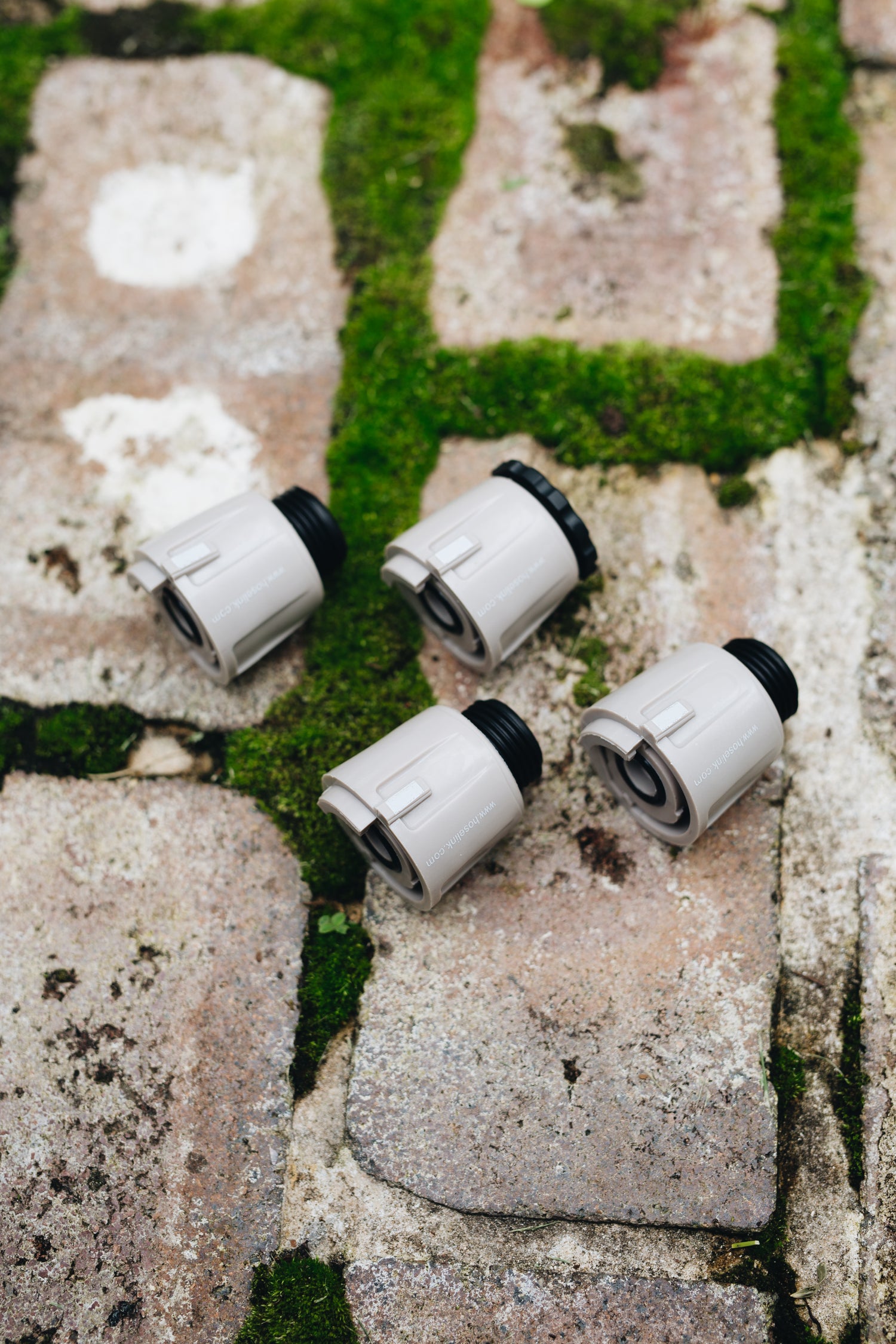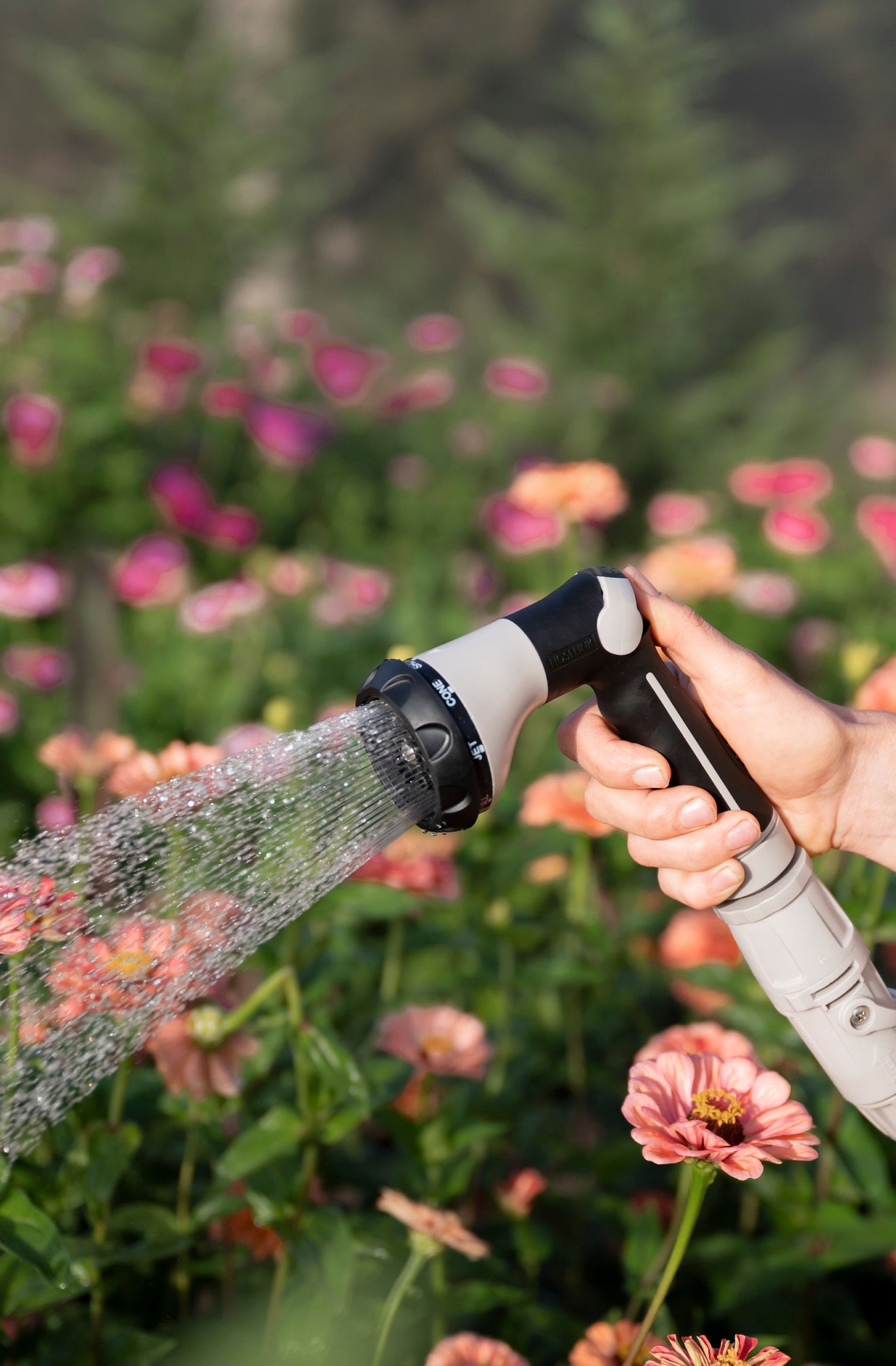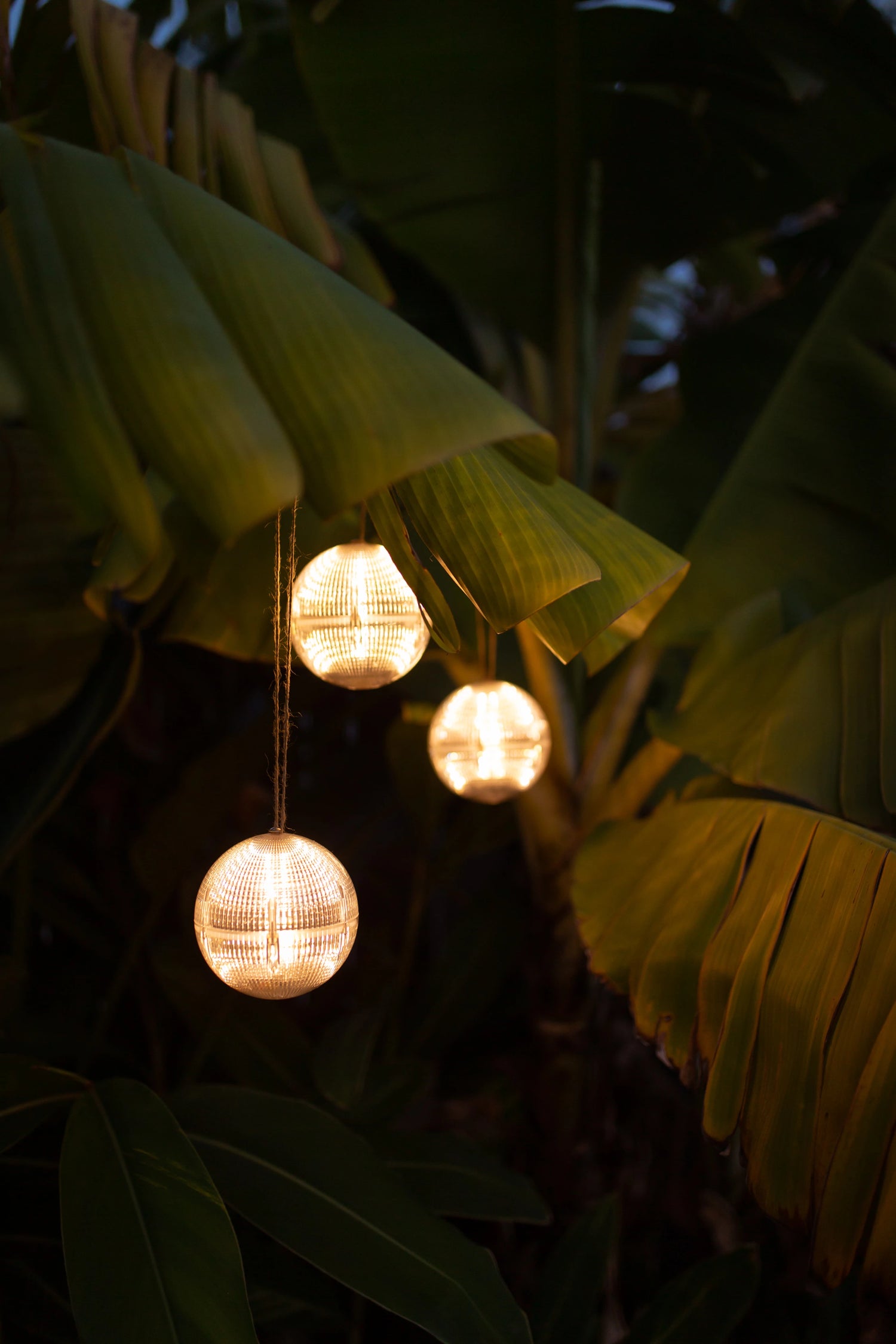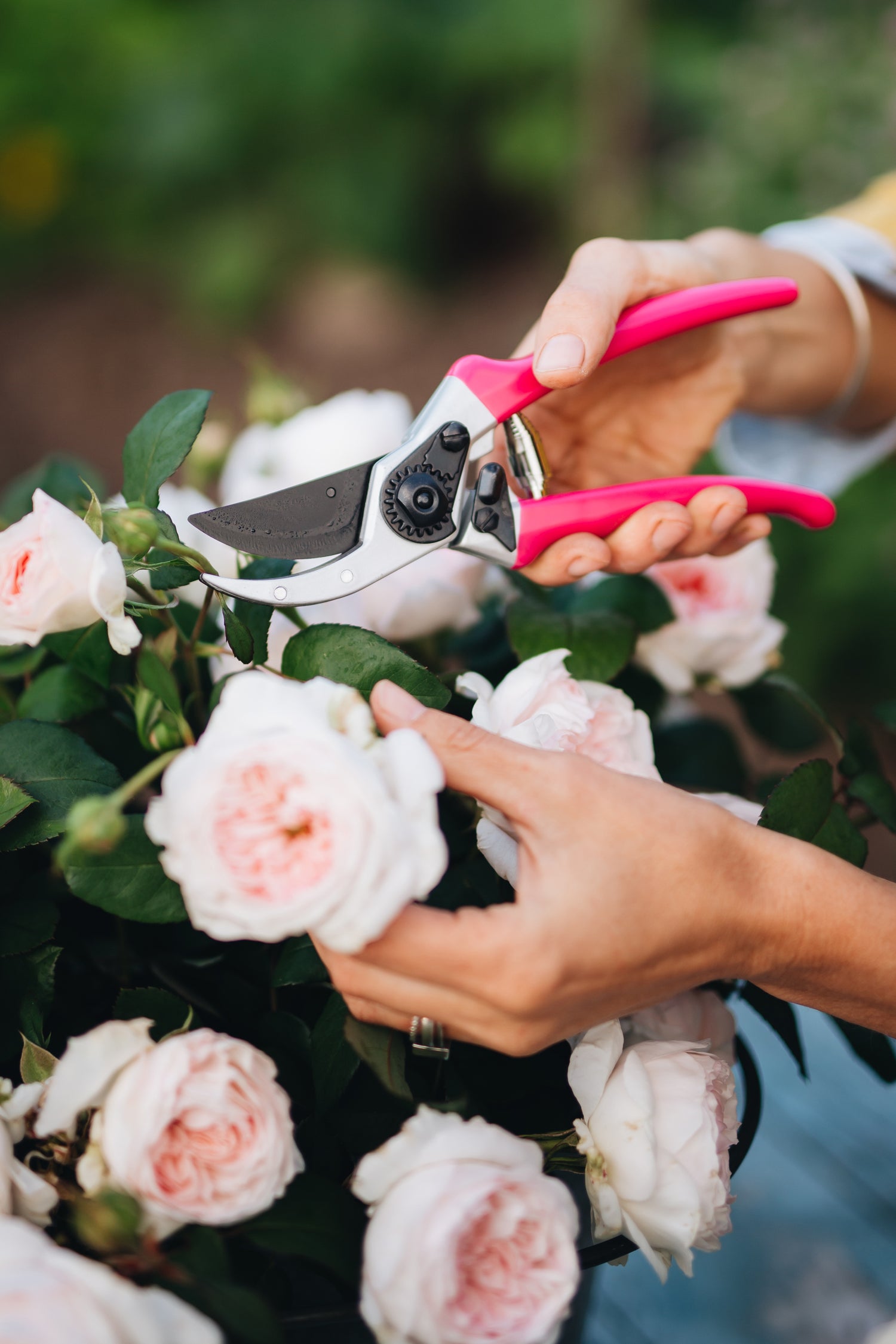The idea of growing your own food is shrouded in need of knowledge, your garden’s climate, the season, your patience, and time. Despite the hardships that can come with growing your own food, if one thing’s for sure, the benefits of homegrown produce are endless.
Starting is always going to be the biggest challenge, especially if you are new to growing your own. You have to be prepared to alter your gardening techniques from one plant to the next and make mistakes even if that means harvesting a smaller crop than initially expected. But growing your own food does not have to be time consuming or tedious. Follow our top tips below to get off to a good start.

Select leafy green vegetables
Most leafy green vegetables grow from seedling to full size and are ready for harvest in two to three weeks. In fact, leafy greens are the quickest vegetables to grow from seedling to harvest. Be sure to allow at least some of your plants to develop to their full size so that the crop can be enjoyed over the entire duration of the season. If you harvest sparingly throughout the season, you will have the chance to sample and experiment with tasty green vegetables for months.

Grow from seedlings
A seedling or ‘baby’ plant is the quickest and easiest way to measure growth as the plant has already grown beyond the seed stage and sits above the soil. With the seedling visible, you will be able to track week by week the height of the plant as well as monitor any pests or environmental occurrences such as shade and wind tolerance that may impact the growth of the plant.
Harvesting your crop when it’s still young means you will not need a huge amount of space to grow them in. As a beginner gardener, why not start with shallow containers with drainage holes? It can be as simple as cleaning out old plastic takeout containers and poking holes in the bottom. Store them on a sunny windowsill where they’ll receive plenty of light. Or, if you are planting outside, a mini-raised garden bed or pot will be perfect when positioned in a protected area of your garden or balcony that receives early morning sunlight.

Determine the best location for sunlight
Morning sunlight on the soil is ideal for retaining warmth for much of the day, and this should be front of mind when picking a spot for your seedlings to grow in. Whether you are planning on growing your own food inside or in the garden, it is essential to understand which areas get the most sunlight before you start planting. You will have the most success outside in the garden where the morning sun rises. This location will receive the morning warmth, which penetrates deep beneath the soil surface and remains warm until the sun retreats. It is essential to do your research and understand the needs of each food plant you want to grow so you can accommodate them accordingly.
You may still have success with an indoor food garden if you do not have access to a garden or balcony. In most homes, the best sunny location is in whichever room or side of the house the sun rises against in the morning. You should also consider how long the sun will illuminate the room for, for example, four hours of sunlight is recommended for pea shoots, six hours for microgreens, and up to 12 hours of sunlight for lettuce.

Keep an eye on the weather
The beauty of selecting leafy green vegetables for your mini urban farm is that cold weather won’t bother them too much. If planted outside two to six weeks before the last spring frost, your greens will become tolerant of the cool weather. We recommend taking extra measures in the way of protective frost covers and canvases in case of a cold snap. The protection will help keep warmth in the soil while helping to speed up germination, meaning your crop could be ready sooner.

What are the fastest-growing greens?
Microgreens
Grown in 10-15 days
The fastest-growing edibles, which are a must in your food garden, are microgreens. Microgreens are young edible greens that fall somewhere between a vegetable and herb. They range in size from one to three inches (2.5 to 7.6 cm) in length and are a popular garnish and accompaniment to many restaurant dishes.
Microgreens can be quickly grown on a bright windowsill by covering the bottom of a shallow container with an inch of moist potting soil without over-compressing. Next, scatter over your seeds and sprinkle with more soil to completely cover the seeds. It is best to cover the container with a clear plastic lid or film to allow for the soil to stay moist and warm while still receiving sunlight. To ensure moisture is maintained in the container, spray the soil one to two times daily. Within a few days, your seeds will begin to sprout. Once they have grown, remove the cover and continue misting the seedlings with water each day. When harvesting, it is best to cut them with scissors or garden snippers once the greens have reached around two inches in height or have produced their leaves.

Baby arugula and pea shoots
Grows in 14-21 days
In just a few weeks after planting, you will be enjoying the tangy flavor of arugula and sweet spring peas perfect for salads, sandwiches, and a green topping for pizza.
To grow arugula, scatter the seeds 1/8-inch deep into light potting soil and water in well. The beauty of arugula is, with each harvest, the crop grows denser and denser. We suggest sowing new seeds into the bare spaces of your current crop to lengthen the growing season.
Less sunlight is required for pea shoots and is the perfect choice if you do not have more than a few hours of sunlight in your indoor or outdoor food garden. To grow pea shoots, soak dried pea seeds in water 24 hours before planting. Next, you will want to fill your container or garden bed with moistened potting soil and sow the seeds densely across the top. Then, cover the seeds with ¼ inch of potting soil. It does not matter if the seeds touch one another once in the dirt just so long as the topsoil is kept moist until the shoots reach three to four inches in height. Once at this height, pinch off each shoot just above the bottom leaves and add to your favorite springtime dish.

Baby leaf lettuce, spinach, and radish greens
Grows in 25 days
Leafy lettuces are very easy to grow, and the varieties are endless. It is best to research what types require less than the recommended 12 hours of sunlight if you don’t have a suitably sunny spot to grow in. We suggest growing lettuces that grow well in winter light, such as Winter Marvel and Winter Density. The simplest way to grow lettuce is to purchase a seed-starting mix. Fill your desired container or pot with a 4-inch layer of prepared potting mix and scatter the seeds on top, keeping in mind that each lettuce needs about an inch of space to grow in, so do not overcrowd the seeds. To finish, cover the seeds with a thin layer of soil.
Ensure your containers or pots are located in a sunny spot in the garden, or near a window if inside. Lettuce requires moisture to grow, so we recommend covering your seeds with a loose plastic wrap or lid with small holes. You will need to remove this lid once the sprouts begin to appear but pay particular attention to the soil; it still needs to stay moist. Once the lettuces surpass the sprouting stage, you are ready to harvest. Start by softly pulling the outer leaves first, so that the inner leaves can continue to grow and prolong the crop throughout the season.

Spinach is a perfect plant for colder weather. You can either plant directly into the garden or in an outdoor pot a few weeks before the last spring frost. The best way to germinate spinach is to soak the spinach seeds in water for several hours before sowing. Then, push the seeds half an inch into the potting mix before covering the seeds well. Monitor the moisture levels in the soil to ensure it is moist but not wet. If the soil becomes too wet, your spinach will not germinate. Follow the same steps to harvest spinach as you would lettuce. To increase the longevity of your spinach crop, cut off the leaves about an inch above the soil and let the whole plant grow back. Another technique is to only harvest the largest leaves at the start of the season, and by the end of the season, you can collect the whole plant.

Radishes are best sown outdoors six weeks before the last frost. To germinate radishes quickly, sow seeds half an inch apart and sprinkle with a light potting mix cover. It will not take long for the sprouts to appear. Depending on the variety you decide to grow, radishes can be harvested three to four weeks after planting.
Baby kale and Swiss chard
Grows in 30 days
If you are looking to grow food packed full of vitamins and minerals, then kale and Swiss chard are your go-to vegetables. Swiss chard seeds are often clumped in small seed packages, so before planting, thinly separate each seed carefully into the soil. Plant the seeds half an inch deep in some potting mix, covering with a light layer of soil to protect the seeds from wind and be sure to water gently on a shower setting (preferably with a spray nozzle) daily. Within 30 days, you should be ready to harvest.

Kale must be planted six weeks before the last frost in spring. Kale can be a heavy producer, so we recommend to grow outside. Follow the same steps to plant kale as you would Swiss chard. We suggest lightly covering the topsoil with mulch, shredded leaves, or straw to help keep the soil moist and cool.

